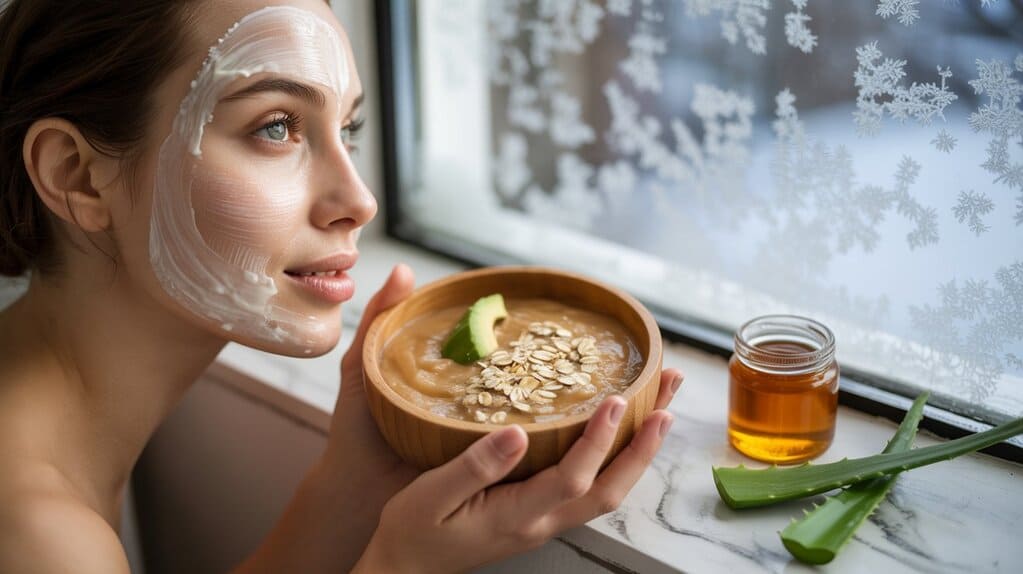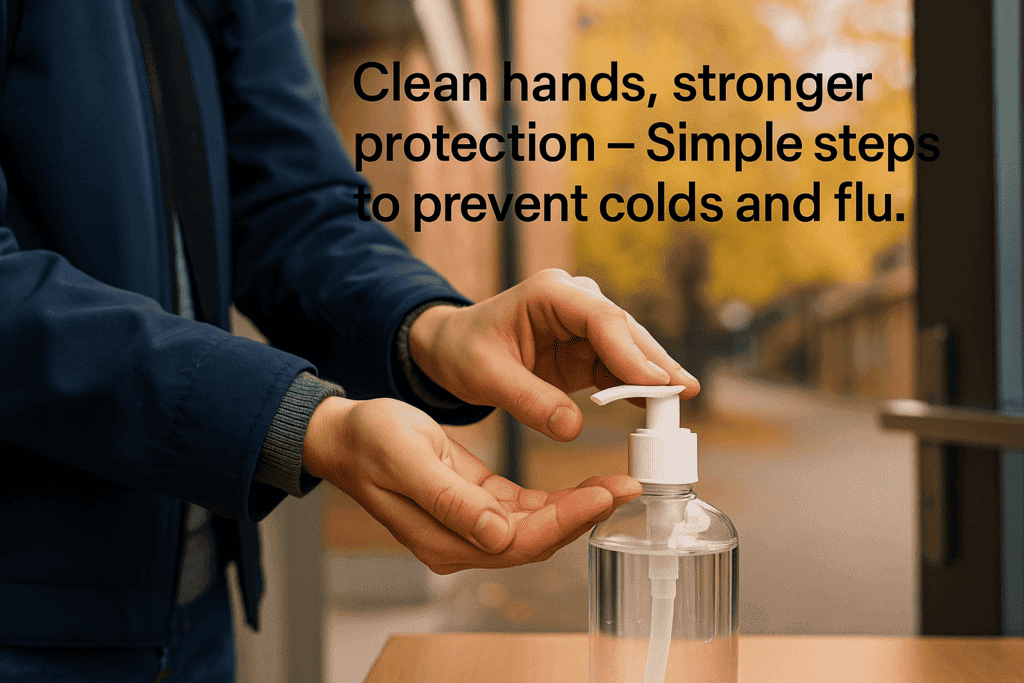
Introduction
Autumn brings cooler air, changing daylight, and — for many people — the start of cold and flu season. As families return to schools and workplaces, respiratory viruses such as influenza, rhinoviruses (common cold), respiratory syncytial virus (RSV) and even circulating strains of SARS-CoV-2 can more easily spread. The best strategy is preventive health: a combination of vaccination, everyday hygiene, thoughtful behavior changes, and targeted nutritional and medical measures. This article explains evidence-based ways to reduce your risk of catching or spreading colds and influenza during autumn, summarizes recent scientific findings, and provides a practical checklist you can follow at home, work, and when traveling. CDC+1
Key Points (at a glance)
- Get vaccinated: Seasonal influenza vaccination is the single most effective population-level tool to reduce severe flu and hospitalizations. CDC+1
- Practice hand hygiene: Regular handwashing and hand-sanitizer use reduce respiratory illness. Cochrane Library+1
- Use masks when appropriate: Masks lower exposure to respiratory droplets and can reduce infection risk in crowded or high-risk settings. PMC+1
- Optimize immune-supporting habits: Adequate sleep, balanced nutrition, sensible exercise, and evidence-based supplements (e.g., vitamin D where deficient) help reduce infection risk. PubMed+1
- Stay home when sick: Reducing contact while symptomatic protects vulnerable people and slows outbreaks. (Public health guidance). Organisation mondiale de la santé
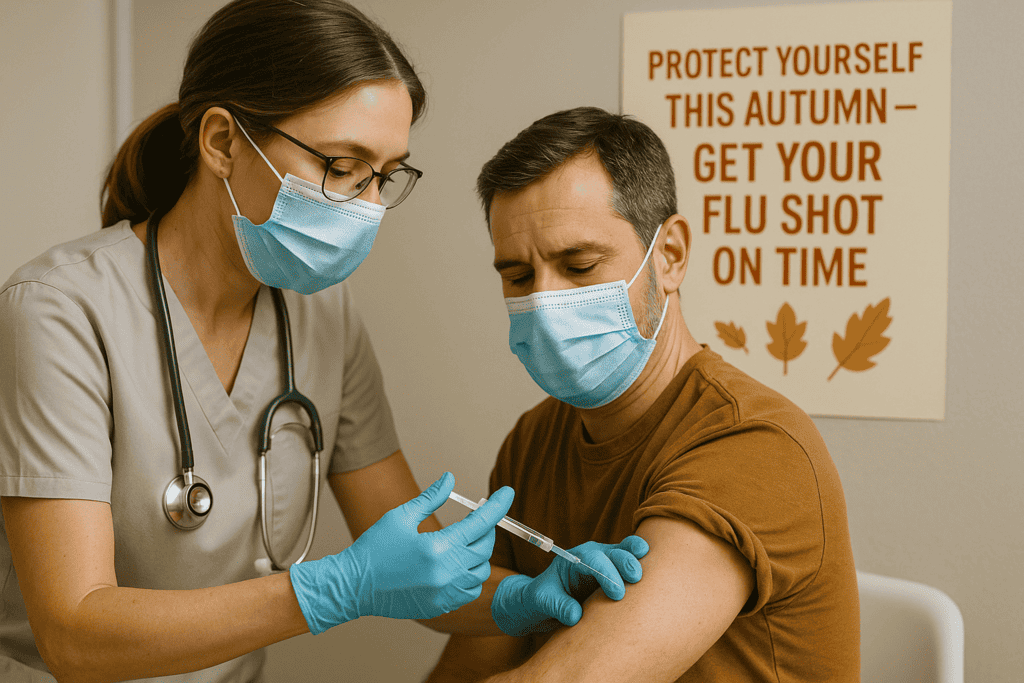
Body
1. Vaccination : the cornerstone of autumn prevention
Seasonal influenza vaccination remains the most important preventive intervention for influenza. Public health authorities in the United States and worldwide recommend annual vaccination for nearly everyone older than six months, with timing usually in September–October for the Northern Hemisphere — though vaccination should continue while influenza viruses are circulating. Updated vaccine strains and formulations are issued each season to match circulating viruses as closely as possible. Vaccination reduces the risk of severe disease, hospitalization, and death, and it also reduces community spread when coverage is high. Recent ACIP/CDC guidance emphasizes offering vaccination early in the season while continuing through the season as needed. CDC+1
Practical tips: plan to get your flu shot in early autumn, especially if you are pregnant, older than 65, very young, or immunocompromised. If you missed September–October, still get vaccinated while the virus is circulating. CDC
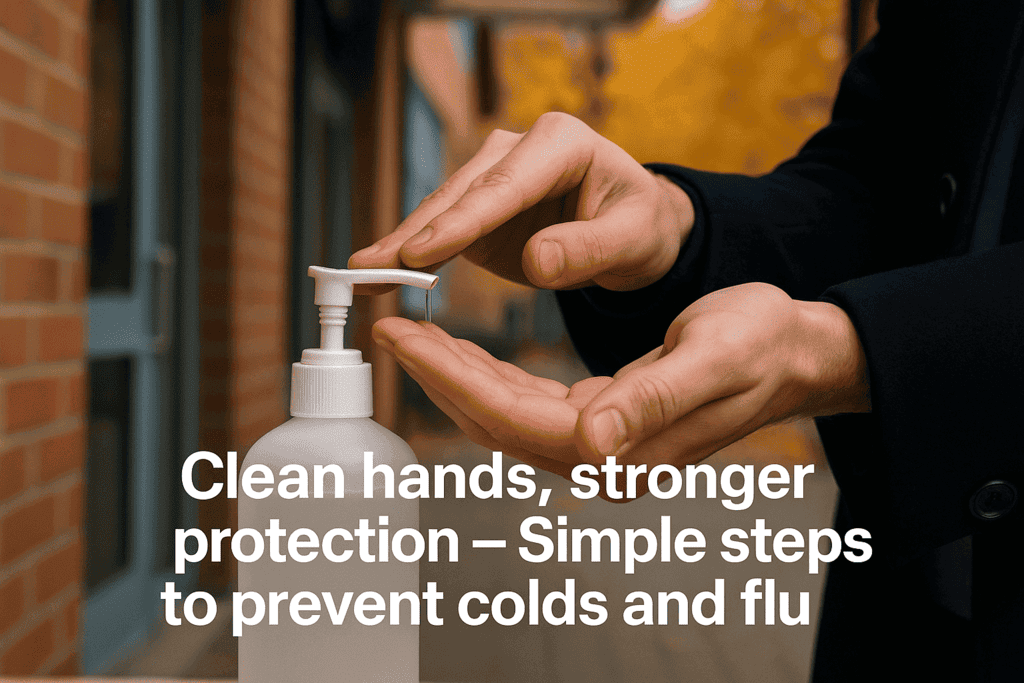
2. Hand hygiene and surface awareness
Respiratory viruses can transmit by droplets and by touching contaminated surfaces then touching the face. Handwashing with soap and water for at least 20 seconds or using an alcohol-based hand sanitizer when soap is unavailable are proven measures to reduce acute respiratory infections. Systematic reviews and Cochrane analyses indicate that hand hygiene interventions reduce respiratory illness and slow transmission in household and community settings. Keep sanitizer in your bag, teach children proper handwashing techniques, and place sanitizers at home entrances and workplaces. Cochrane Library+1
3. Masks: when and why to wear one
Wearing a surgical or well-fitting respirator (e.g., N95) reduces inhalation of infectious droplets and aerosols. While evidence varies by study design and pathogen, recent randomized trials and systematic reviews show that masks — especially when used by infected persons or during times of high community circulation — can reduce the risk of symptomatic respiratory infection. Masks are particularly useful in crowded indoor spaces, on public transport, when visiting healthcare settings, or for people at high risk of severe disease. Choose a mask with good fit and filtration; surgical masks and respirators provide higher protection than cloth masks. BMJ+1
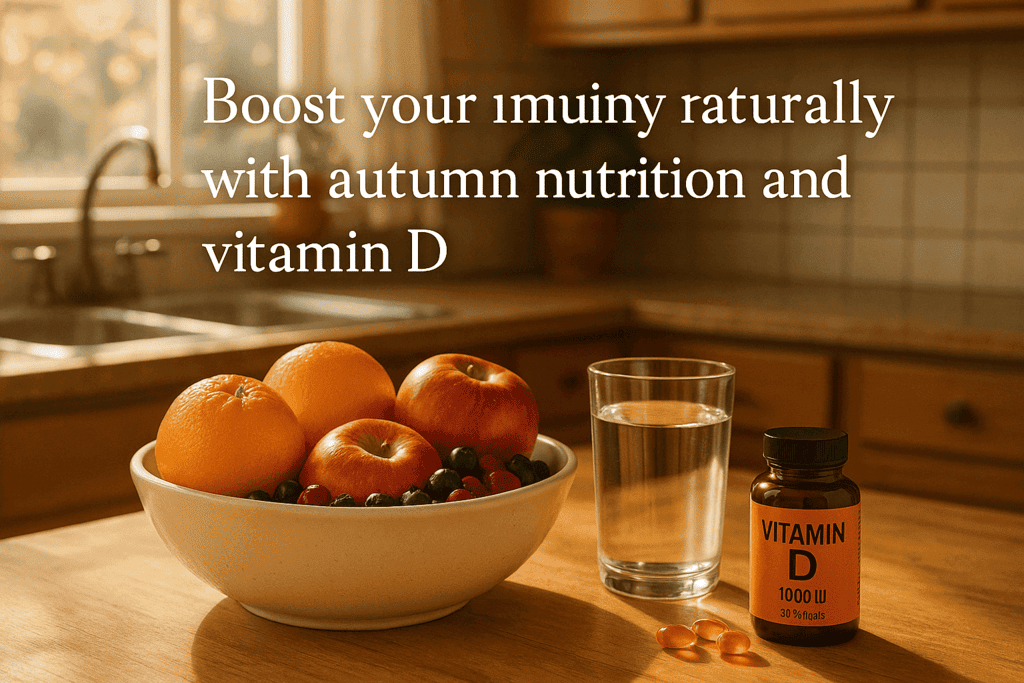
4. Nutrition, vitamin D and other immune-supporting measures
A balanced diet, regular physical activity, adequate sleep, and stress management support immune resilience. Among nutritional interventions, vitamin D has been studied extensively: meta-analyses of randomized controlled trials report modest protective effects of vitamin D supplementation against acute respiratory infections, particularly in people with deficiency. Recent large RCTs and pooled re-analyses continue to explore dose-response relationships and optimal regimens; current guidance supports correcting deficiency and following national recommendations for supplementation. Other micronutrients (zinc, vitamin C) have mixed evidence for prevention of colds but may modestly shorten illness duration when used therapeutically in some settings. PubMed+2PMC+2
Practical tips: have routine labs or clinical assessment if you suspect vitamin D deficiency; consider a daily maintenance dose if recommended by your clinician, and prioritize whole foods (fruits, vegetables, lean protein) and hydration. PMC
5. Environmental and behavioral measures
- Ventilate indoor spaces: Increase fresh air and reduce recirculated air when possible. Even simple measures — opening windows, using HEPA air purifiers in poorly ventilated rooms — lower airborne virus concentration.
- Reduce crowding during peak circulation: Consider remote work or flexible scheduling if your workplace is experiencing an outbreak.
- Cough and sneeze etiquette: Use tissues or the elbow crease—dispose tissues promptly and perform hand hygiene afterward.
These interventions, while seemingly simple, combine to reduce transmission when widely practiced. Organisation mondiale de la santé

6. Antivirals, testing, and high-risk care
If you have flu-like symptoms and are at high risk for complications (older age, pregnancy, chronic disease), early testing and antiviral treatment (e.g., neuraminidase inhibitors or other approved influenza antivirals) can reduce complications when started promptly. Public health guidance highlights the importance of early consultation with healthcare providers for people at higher risk. Rapid tests help guide decisions, although clinical judgment remains important. CDC
A simple table: Autumn Prevention Checklist
| Measure | Why it helps | Strength of evidence (summary) |
|---|---|---|
| Seasonal flu vaccination | Reduces severe influenza, hospitalization, and community spread | High — CDC/WHO recommendations; multiple observational and trial data. CDC+1 |
| Handwashing / sanitizer | Removes viruses from hands, reduces self-inoculation | Moderate–High — Cochrane & systematic reviews. Cochrane Library+1 |
| Masks (surgical/N95) | Lowers inhalation/exhalation of infectious particles | Moderate — RCTs and meta-analyses support use in high-risk settings. BMJ+1 |
| Ventilation / air filtration | Reduces airborne virus concentration | Moderate — theoretical + observational studies; recommended by public health agencies. Organisation mondiale de la santé |
| Vitamin D supplementation (if deficient) | May reduce acute respiratory infections | Low–Moderate — meta-analyses show small protective effect, strongest in deficient persons. PubMed+1 |
Conclusion
Protecting yourself from colds and influenza in autumn is best achieved through layers of prevention: timely seasonal vaccination, consistent hand hygiene, judicious mask use in crowded or high-risk settings, good ventilation, and supporting your immune system through sleep, nutrition, and appropriate supplementation when needed. These measures are supported by public health agencies (CDC, WHO), major systematic reviews, and recent clinical research from Europe, North America and Asia. Implementing multiple small measures together — each reducing risk — generates strong cumulative protection for you, your family, and your community. If you’re in a high-risk group or unsure about vaccination or supplements, speak to your healthcare provider for personalized advice. CDC+2Cochrane Library+2
References (select scientific & authoritative sources)
- Centers for Disease Control and Prevention (CDC). 2024–2025 Flu Season | Influenza (Flu). (CDC seasonal guidance and vaccination timing). CDC
- Centers for Disease Control and Prevention (CDC). Timing of Influenza Vaccination & ACIP recommendations. CDC
- World Health Organization (WHO). Recommendations for influenza vaccine composition and seasonal influenza vaccination toolkit. Organisation mondiale de la santé+1
- Jolliffe D.A., et al. Vitamin D supplementation to prevent acute respiratory infections: updated meta-analysis. The Lancet / PubMed (RCT meta-analyses and updates). PubMed+1
- Jefferson T., et al. Physical interventions to interrupt or reduce the spread of respiratory viruses. Cochrane Review; systematic evidence on hand hygiene and physical measures. Cochrane Library+1
- Solberg R.B., et al. Personal protective effect of wearing surgical face masks in public spaces. BMJ (2024). Evidence from trials on mask protection. BMJ
- Royal Society / other systematic reviews on mask effectiveness and aerosol science. Royal Society Publishing+1
- Ross I., et al. Effectiveness of handwashing with soap for preventing acute respiratory infections. The Lancet (2023). The Lancet
- CDC MMWR & ACIP reports summarizing influenza prevention and updated recommendations (2024–2025, 2025–2026 updates). CDC+1
- Reuters / news coverage summarizing vaccine formulation and policy discussions (context on vaccine formulations). Reuters




